These Bible verses They are considered a good example of a custom that existed since ancient times and spread throughout most of the Middle East:evoking an enemy to wish him harm, in revenge for some unfinished business. This was often done in writing on a clay support which was then symbolically destroyed. It is what is known as execration texts .
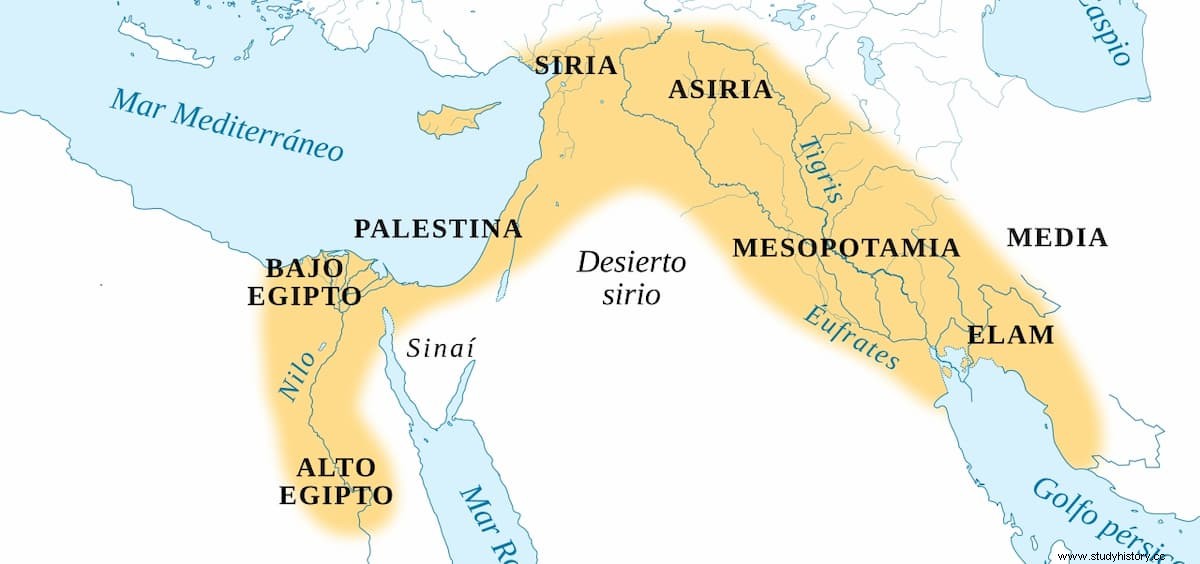
According to the Royal Academy of Language, execration is the «set of words or formula with which it is execrated «; in turn, the meaning of execration is «to condemn and curse with priestly authority or in the name of sacred things» . We therefore have two fundamental defining elements of the verb, such as the abhorrence of something or someone and the sacred character that is given to its implementation.
If we look back we find that the first instances of execration texts occurred in the Fertile Crescent. In fact, they mention sites as familiar as Byblos, Jerusalem, Damascus, Tyre, Acre, Kadesh, Thebes, Kush, Abydos, Sakkara or Giza, among others, although archaeological remains have not been found in all of them, since many of them the pieces were made of very flimsy, perishable materials, as is often the case with textile and wooden objects.
Basically, they consisted of anthropomorphic statuettes, modeled in clay but unfired (sometimes other types of ceramic vessels and even blocks of clay or stone were used), on which the names of enemies were written, whether they were people or objects. foreign states; Of course, opponents of the president were also susceptible to execration, but it is not known if they were only done in times of war or also in peace, or if they were habitual or occasional. The Phoenician inscription of Tabnit, from the 5th century BC, seems to show that the thing extended to the private sphere.
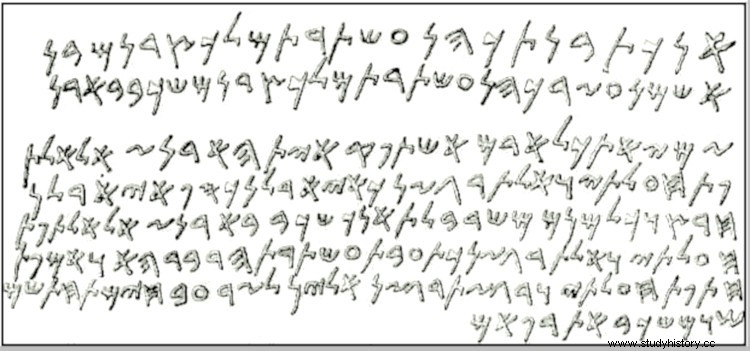
The value execration texts have for archaeologists and historians is evident, since once the fragments are put together like a puzzle and duly translated, they become authentic documentary sources on details of the foreign and/or internal policy of the civilizations that produced the texts. We clarify that they are not in hieroglyphic writing but in hieratic, less solemn and normally used in administrative documents but also in some religious ones, especially on papyrus.
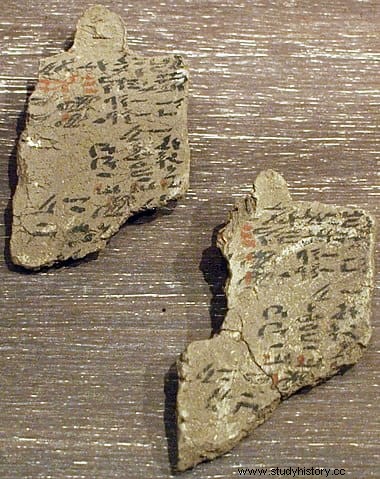
Likewise, if we speak of fragments, it is not because the passage of millennia has made a dent in the execration texts, but also because of the ceremonial in which they were integrated. Because it was not mere testimonies but an authentic exercise of sympathetic magic, the one practiced since prehistory and based on imitation, obeying the principle that like produces like, analogous to what happens with voodoo.
And it is that, after writing, these objects were destroyed to prevent their reuse, resorting to a pre-established ritual whose characteristics were variable. In some cases the figurines were crushed; in others they were trampled; sometimes they were burned and sometimes they were cut; others, they were simply tied up and placed in small sarcophagi, but the range of possibilities was so wide that it could include spitting on them and even performing physiological needs on them... or all of that. In the end, the resulting pieces were placed in wells near burials and places dedicated to religious worship.
Neither the exact place where this practice began nor the period in which it did so is not entirely clear. But there seems to be agreement that it was in Egypt, where the execration texts are attested from the Old Kingdom to the New, leaving a chronological arc of a millennium and a half, from about 2686 B.C. until 1069 BC. However, there are also texts from other places, as we will see.
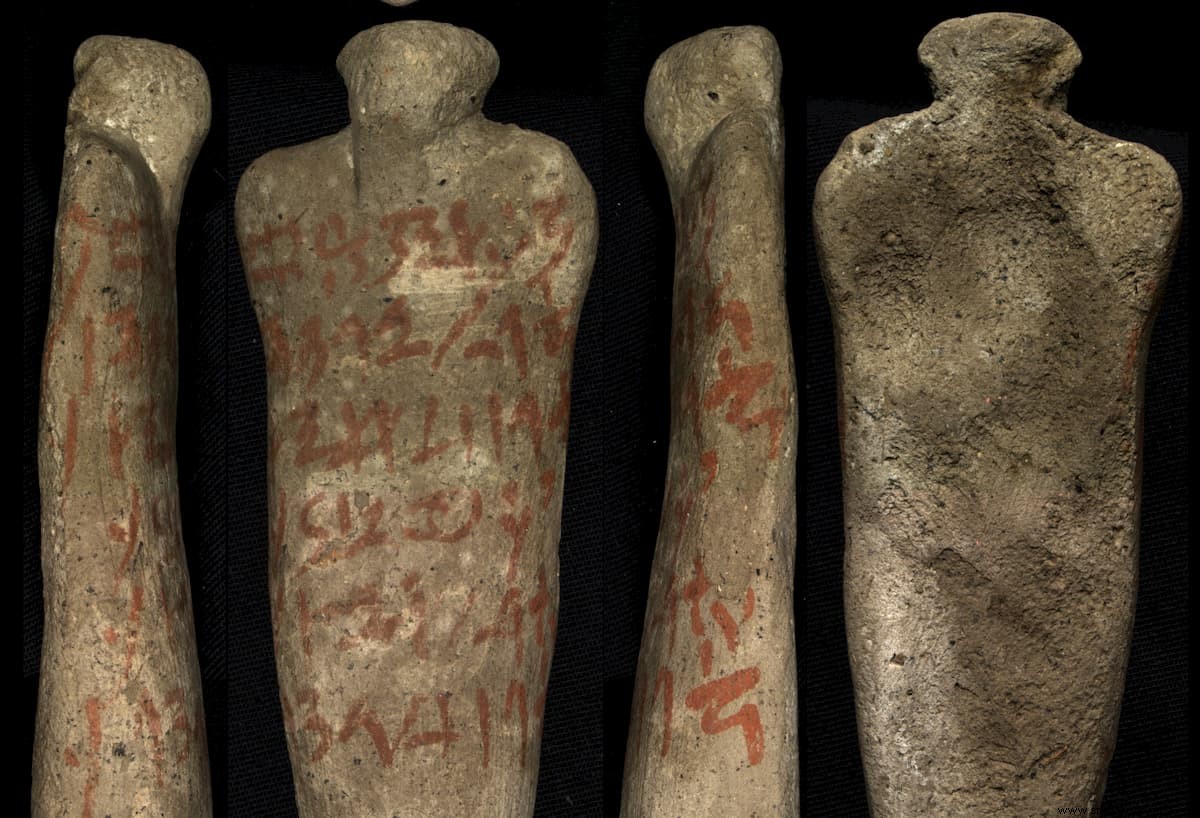
The oldest known correspond to the 6th dynasty, which developed approximately between 2324 and 2160 BC. C. and it was the one that closed that phase to give way to the Middle Kingdom after the death of Queen Nitocris (whose real existence, by the way, is questioned, because her name could have been confused with the masculine Netjerkare Siptah, although that is another story). Some anthropomorphic statuettes of unfired clay that represent foreigners and have names inscribed on the chest area, sometimes drawn with red ink, correspond to that period.
They were found at Elephantine and Balat, but especially at Giza, where almost half a thousand of them came to light. They include names from the geographical environment of Egypt, such as Phoenicia and Canaan, and include possibly the first mention of Jerusalem. They have come to us thanks to the work of translation, transcription and publication that he carried out in 1926, under the title Texts from Berlin , a German Egyptologist and philologist named Kurt Sethe (also author of an acclaimed dictionary of ancient Egyptian and a version of the Pyramid Texts).
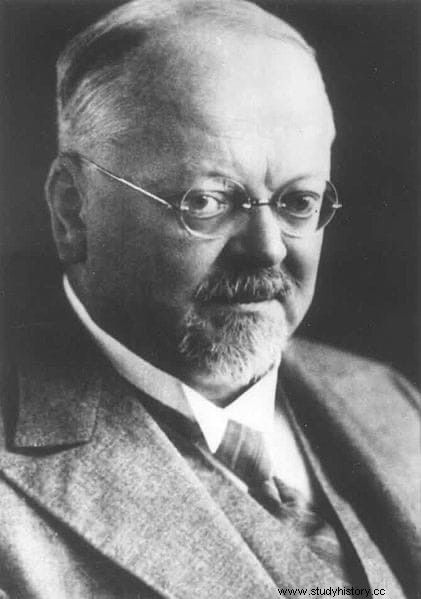
Another important discovery took place in the Sakkara necropolis, the place where the famous stepped pyramid of King Zoser is located, although the material recovered was later, from the XII dynasty (Middle Kingdom). In this case, the figures were of variable size, large and small, representing prisoners and with more geographical data:the names of seven countries and sixty-four cities, towns and enemy tribes, in addition to thirty rulers. They are known as Brussels Texts because that is how the French Egyptologist Georges Posener published them in 1957.
During the Middle Kingdom, pottery vessels began to be used for execration, as seems to be inferred from the discovery of a considerable number of them at Mirgissa, a trading settlement beyond the Second Cataract, in what is now Sudan, where the pharaonic army raised a fortress to protect the border (currently, Mirgissa is submerged under the waters of Lake Nubia, as a result of the construction of the Aswan dam) and where there are several necropolises.
Hundreds of vessels appeared there, some with inscriptions and others without, along with statuettes made of different materials such as clay, stone and wax (these deliberately half-melted); one of the figures is headless. Once again a French Egyptologist, Yvan Koenig, a specialist in hieratic writing and a regular translator of pairos and ostraca, was the one who published them in 1990 under the title of Mirgissa Texts .
To all this we must add a special find in Avaris, which had been the capital of Egypt during the domination of the Hyksos, although for what concerns us the dating is somewhat later, from the important 18th dynasty and, therefore, from the beginning of the New Kingdom. In that site, now called Tell el-Dabb'a, there are two wells, one small and one larger, three human skulls, two with holes in the occipital, and several fingers, having been extracted from the first, while in the other there were two skeletons under hundreds of broken glasses, curiously without inscriptions; it is assumed that the immolation did the times.
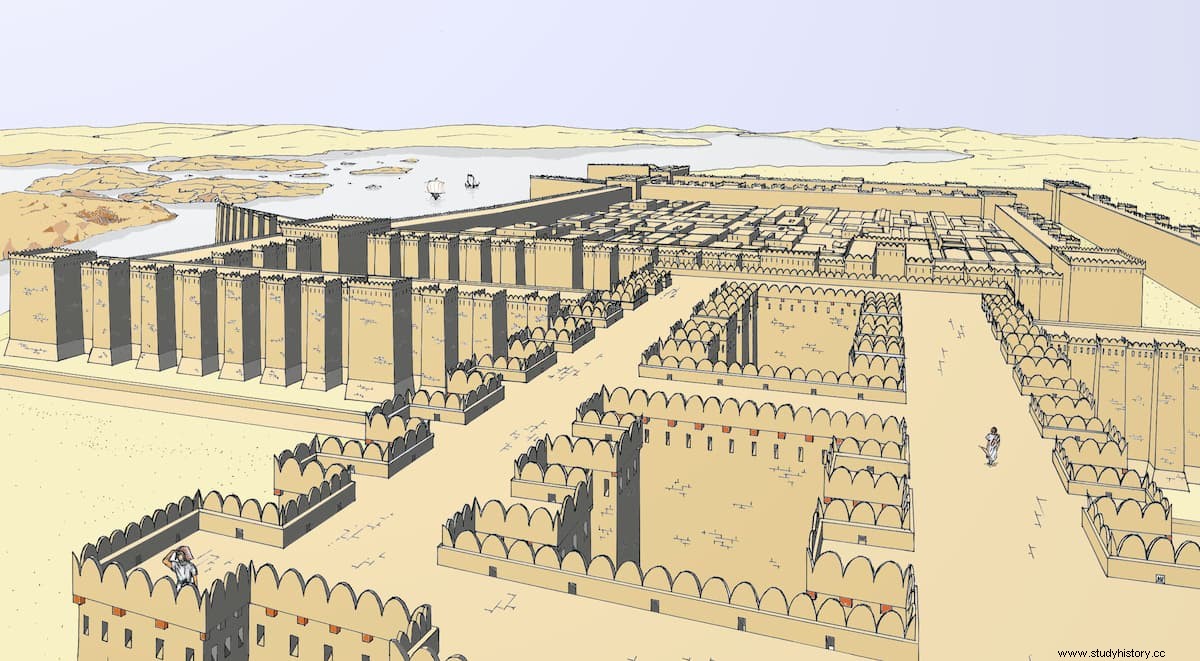
The frequency with which Canaanite, Phoenician, Nubian, Libyan and Syrian names are cited should not be surprising, as their tribes were often on a war footing with Egypt, hence hundreds of kings of those peoples are profiled. The misfortune of the Egyptians turns into luck for archaeologists and, above all, for scholars of biblical history, who have an invaluable source in execration texts. In fact, there are numerous execrations in the Bible , as in Daniel 11:41; Isaiah 11:14; Jeremiah 48-49; Zephaniah 2:8-9; Ezekiel 25:1-14 and Nehemiah 13:1-2:23.
We start with one and end with another. Thanks to this type of document, it has been possible to establish, for example, that the “children of Set” that mentions one, were the Moabites:
